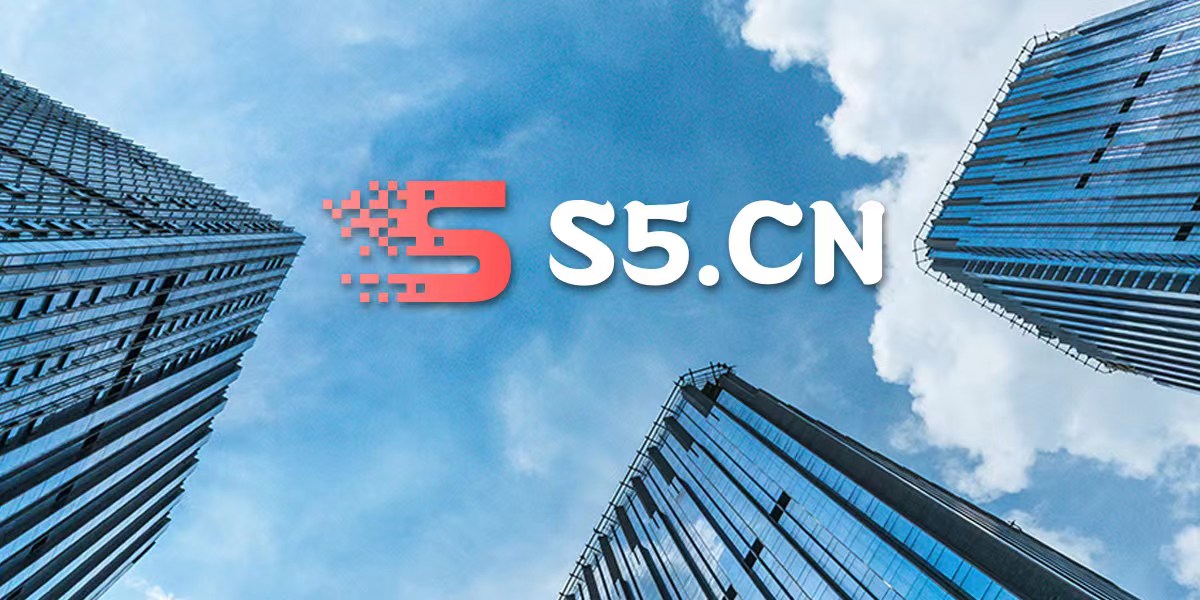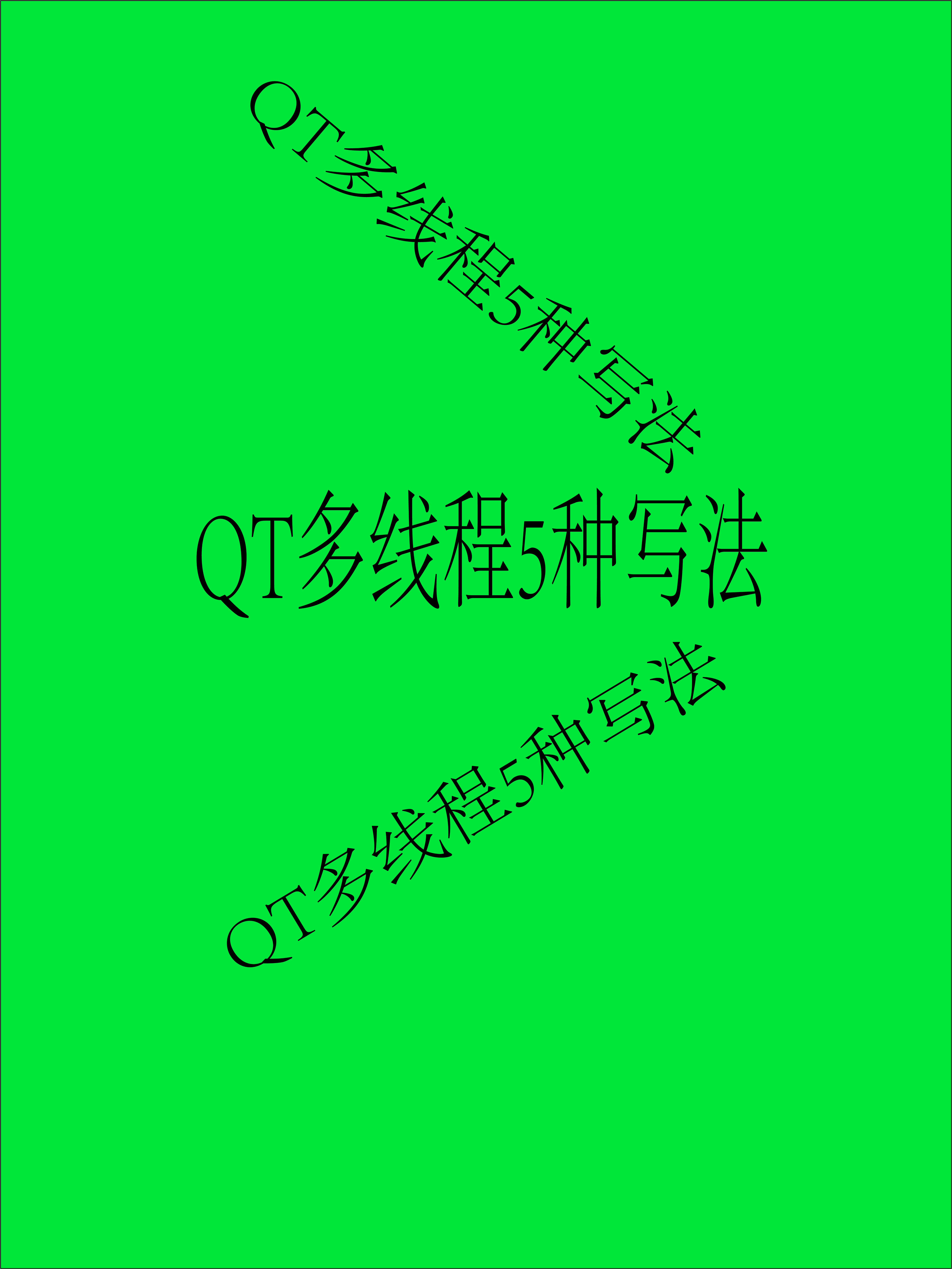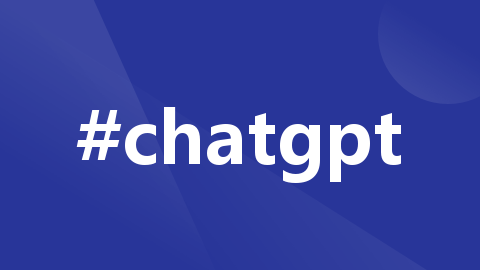您现在的位置是:首页 >其他 >用 Python 和 TensorFlow 实现目标检测网站首页其他
用 Python 和 TensorFlow 实现目标检测
目标检测简介
目标检测是一类计算机视觉任务,旨在识别和定位图像或视频中对象的实例。与图像分类不同,目标检测不仅要确定图像中是否存在某种类型的对象,还需要提供每个对象的位置信息(通常是边界框)。
应用使用场景
- 自动驾驶:识别道路上的车辆、行人、交通标志等。
- 安防监控:检测入侵者或可疑行为。
- 医疗影像分析:识别病灶区域,如肿瘤检测。
- 零售业:货架商品计数与管理。
提供这些应用的完整代码示例是一个复杂的任务,因为每项应用都涉及到特定的技术栈、框架和数据处理方式。不过,我可以给出一些简要的伪代码或描述,这些描述将引导您如何使用Python中常见的库实现这些功能。
1. 自动驾驶:识别道路上的车辆、行人、交通标志等
通常使用深度学习模型如YOLO(You Only Look Once)来进行物体检测:
from yolov5 import Model
# Load a pre-trained YOLO model
model = Model('yolov5s.pt')
# Load an image of the road
img = 'road.jpg'
# Perform detection
results = model(img)
# Print results
results.show()
2. 安防监控:检测入侵者或可疑行为
可以使用OpenCV结合背景减除法:
import cv2
# Initialize video capture
cap = cv2.VideoCapture('security_footage.mp4')
# Create background subtractor
fgbg = cv2.createBackgroundSubtractorMOG2()
while True:
ret, frame = cap.read()
if not ret:
break
# Apply background subtraction
fgmask = fgbg.apply(frame)
# Detect contours
contours, _ = cv2.findContours(fgmask, cv2.RETR_EXTERNAL, cv2.CHAIN_APPROX_SIMPLE)
for contour in contours:
if cv2.contourArea(contour) > 500: # Filter out small areas
x, y, w, h = cv2.boundingRect(contour)
cv2.rectangle(frame, (x, y), (x + w, y + h), (0, 255, 0), 2)
cv2.imshow('Security Feed', frame)
if cv2.waitKey(30) & 0xFF == ord('q'):
break
cap.release()
cv2.destroyAllWindows()
3. 医疗影像分析:识别病灶区域,如肿瘤检测
可以使用U-Net架构进行分割,假设我们使用Keras:
from keras.models import load_model
from keras.preprocessing.image import load_img, img_to_array
import numpy as np
# Load a pre-trained U-Net model
model = load_model('unet_model.h5')
# Load and preprocess image
image = load_img('medical_image.png', target_size=(256, 256))
input_arr = img_to_array(image) / 255.0
input_arr = np.expand_dims(input_arr, axis=0)
# Predict segmentation mask
pred_mask = model.predict(input_arr)[0]
# Convert prediction to binary mask
binary_mask = pred_mask > 0.5
4. 零售业:货架商品计数与管理
可以利用OpenCV进行简单的图像处理,或借助深度学习模型进行复杂处理:
import cv2
import numpy as np
# Load image of the shelf
shelf_image = cv2.imread('shelf.jpg')
# Convert to grayscale and apply edge detection
gray = cv2.cvtColor(shelf_image, cv2.COLOR_BGR2GRAY)
edges = cv2.Canny(gray, 50, 150)
# Detect circles (assuming items are circular)
circles = cv2.HoughCircles(edges, cv2.HOUGH_GRADIENT, dp=1.2, minDist=20)
if circles is not None:
circles = np.round(circles[0, :]).astype("int")
count = len(circles)
print(f"Detected {count} items on the shelf.")
for (x, y, r) in circles:
cv2.circle(shelf_image, (x, y), r, (0, 255, 0), 4)
cv2.imshow('Detected Items', shelf_image)
cv2.waitKey(0)
cv2.destroyAllWindows()
原理解释
目标检测通常通过卷积神经网络(CNN)实现,它结合了分类和回归任务。常见的方法包括 R-CNN、Fast R-CNN、Faster R-CNN、YOLO(You Only Look Once)、SSD(Single Shot Multibox Detector)等。
算法原理流程图
以下是 Faster R-CNN 的基本流程图:
图片输入 -> 特征提取网络 (CNN) -> 区域建议网络 (RPN)
| |
+-> ROI Pooling -> 分类器 & 边界框回归 <-+
- 特征提取网络:使用预训练的 CNN 网络(如 VGG、ResNet)提取特征。
- 区域建议网络 (RPN):生成可能包含目标的候选区域。
- ROI Pooling:将候选区域转换为固定大小。
- 分类器 & 边界框回归:对每个候选区域进行分类并调整边界框位置。
实际应用代码示例
下面是一个使用 TensorFlow 和 Keras 实现简单目标检测的示例,采用预训练的 Faster R-CNN 模型。
import tensorflow as tf
from tensorflow.keras.applications import ResNet50
from tensorflow.keras.layers import Dense, Flatten
from tensorflow.keras.models import Model
# 加载预训练的基础模型
base_model = ResNet50(weights='imagenet', include_top=False, input_shape=(224, 224, 3))
# 冻结基础模型的卷积层
for layer in base_model.layers:
layer.trainable = False
# 添加自定义头部用于目标检测
x = Flatten()(base_model.output)
x = Dense(1024, activation='relu')(x)
output_class = Dense(num_classes, activation='softmax', name='class_output')(x)
output_bbox = Dense(4, activation='linear', name='bbox_output')(x)
# 构建完整模型
model = Model(inputs=base_model.input, outputs=[output_class, output_bbox])
# 编译模型
model.compile(optimizer='adam',
loss={'class_output': 'categorical_crossentropy', 'bbox_output': 'mean_squared_error'},
metrics=['accuracy'])
# 假设有数据生成器 `train_generator` 和 `val_generator`
# model.fit(train_generator, validation_data=val_generator, epochs=10)
测试代码
在实际测试中,我们可以加载训练好的模型,并对新的图像进行预测:
from PIL import Image
import numpy as np
def load_image(image_path):
image = Image.open(image_path)
image = image.resize((224, 224))
return np.array(image)
# 载入测试图像
image = load_image('path_to_image.jpg')
image = np.expand_dims(image, axis=0) # 增加 batch 维度
# 预测结果
pred_class, pred_bbox = model.predict(image)
print("Predicted class:", pred_class)
print("Predicted bounding box:", pred_bbox)
部署场景
目标检测模型可在多种场景下部署,如嵌入式设备(Raspberry Pi)、云服务(AWS、GCP)、移动端应用(TensorFlow Lite)。
材料链接
总结
目标检测在许多领域都有重要应用,是计算机视觉中的关键任务。随着深度学习技术的发展,目标检测算法的精度和速度不断提高。
未来展望
未来,目标检测可能向更多实时应用发展,进一步降低计算资源需求,提高精度。同时,多任务学习和交叉领域应用也将成为重要研究方向。






 U8W/U8W-Mini使用与常见问题解决
U8W/U8W-Mini使用与常见问题解决 QT多线程的5种用法,通过使用线程解决UI主界面的耗时操作代码,防止界面卡死。...
QT多线程的5种用法,通过使用线程解决UI主界面的耗时操作代码,防止界面卡死。... stm32使用HAL库配置串口中断收发数据(保姆级教程)
stm32使用HAL库配置串口中断收发数据(保姆级教程) 分享几个国内免费的ChatGPT镜像网址(亲测有效)
分享几个国内免费的ChatGPT镜像网址(亲测有效) Allegro16.6差分等长设置及走线总结
Allegro16.6差分等长设置及走线总结